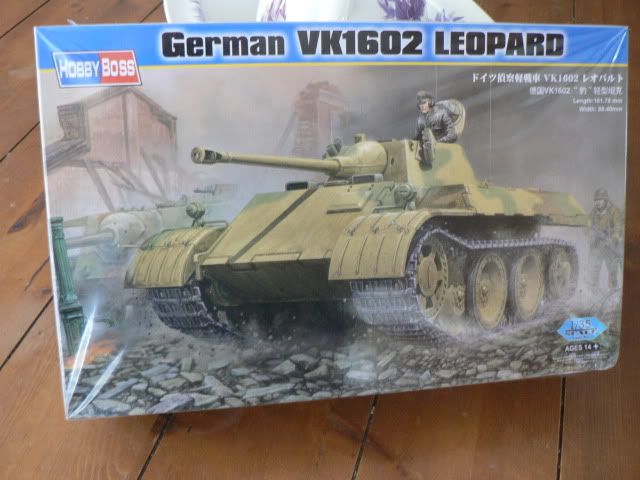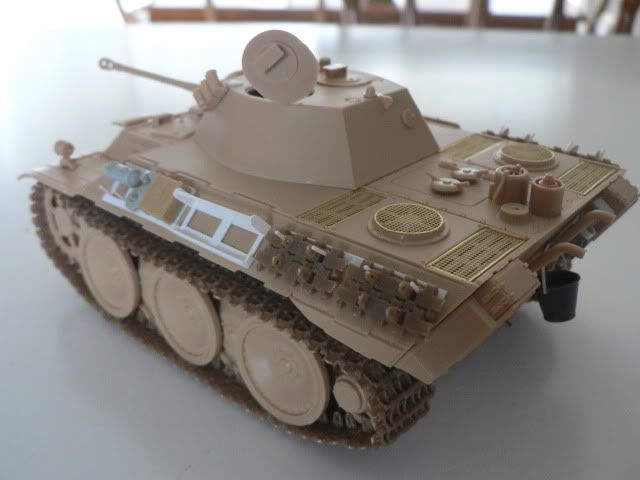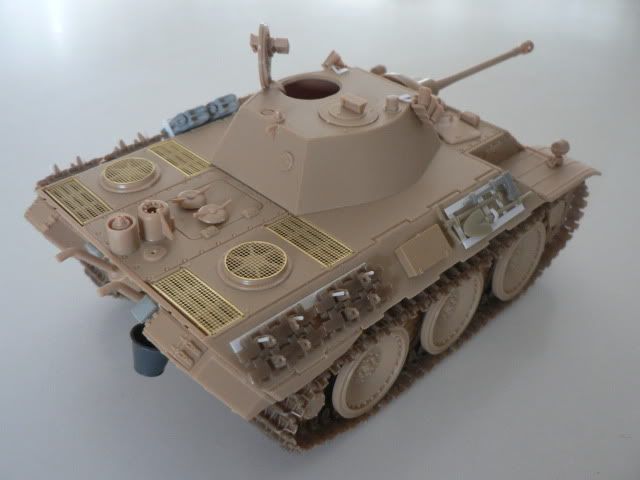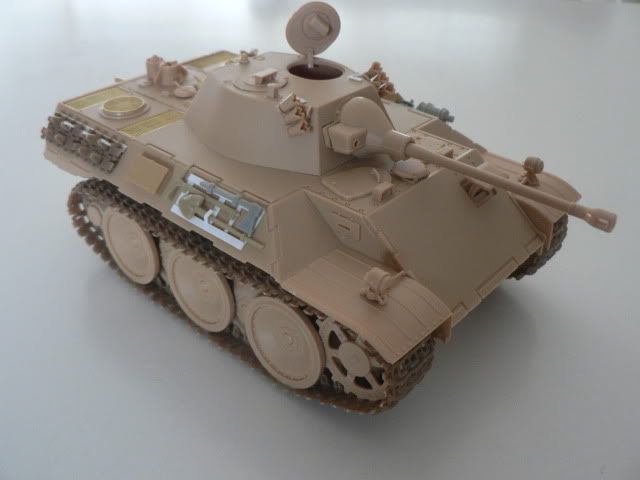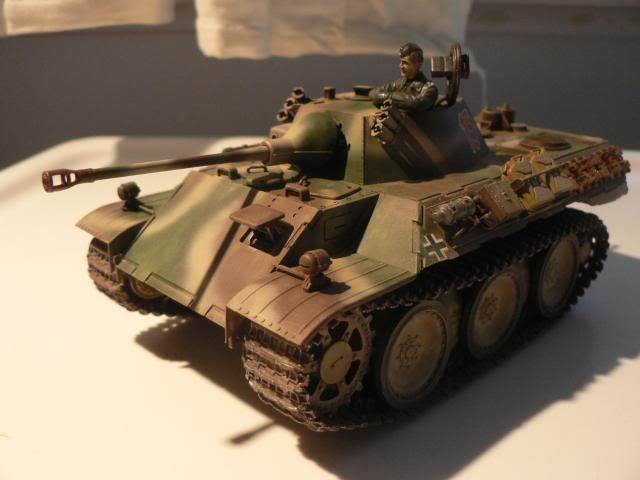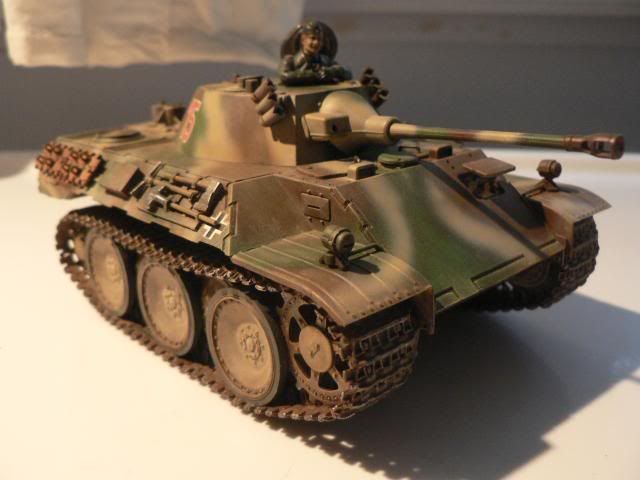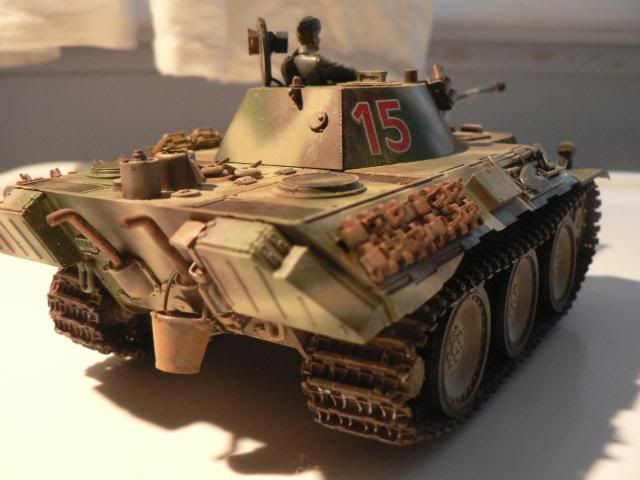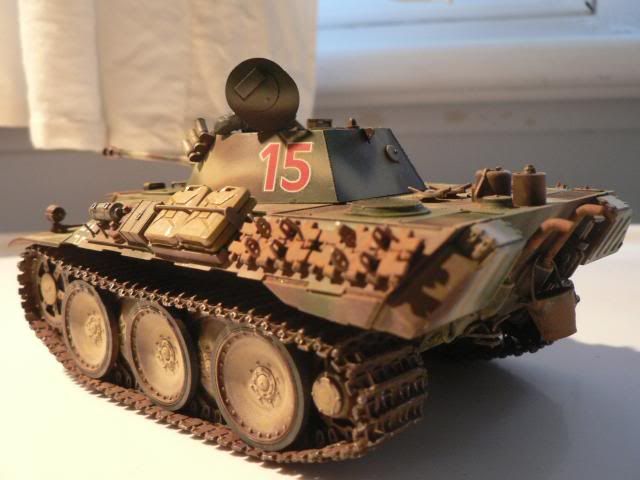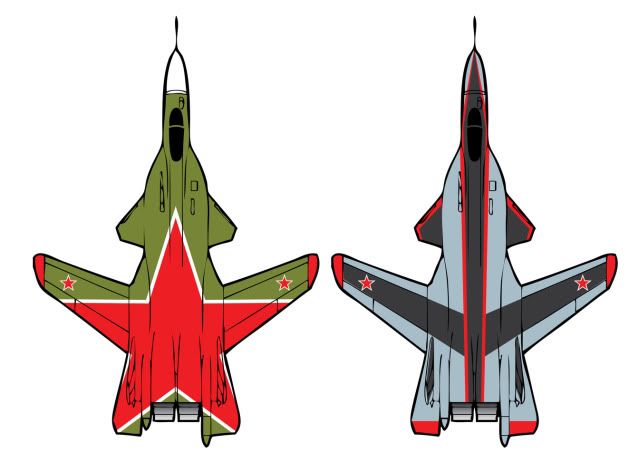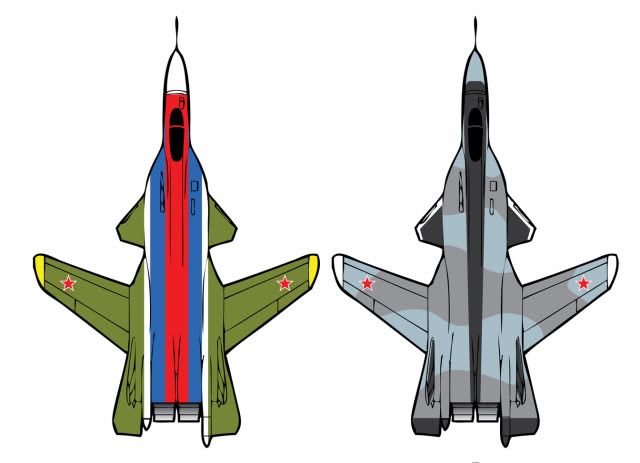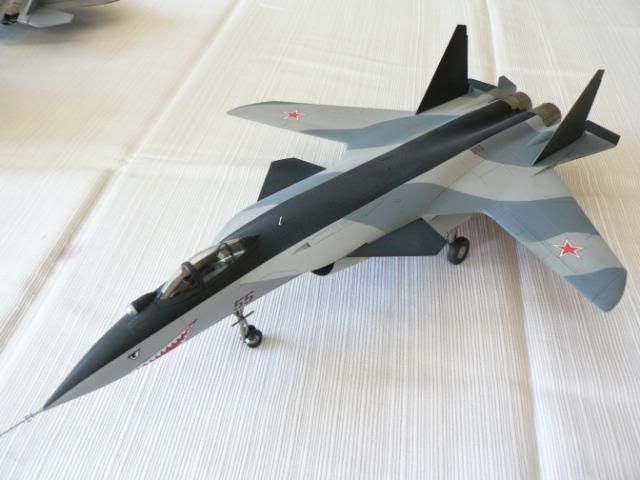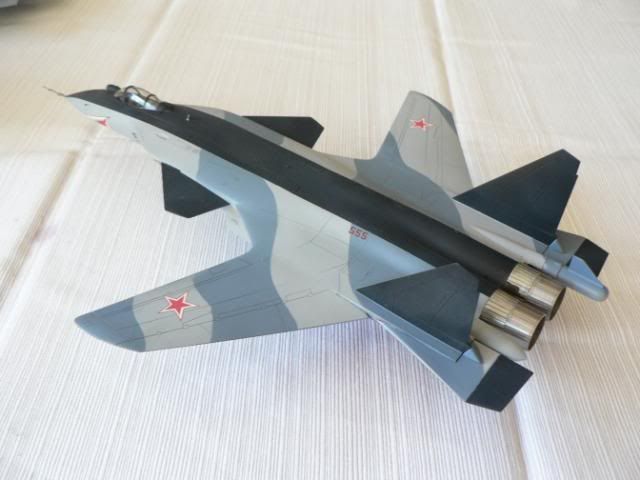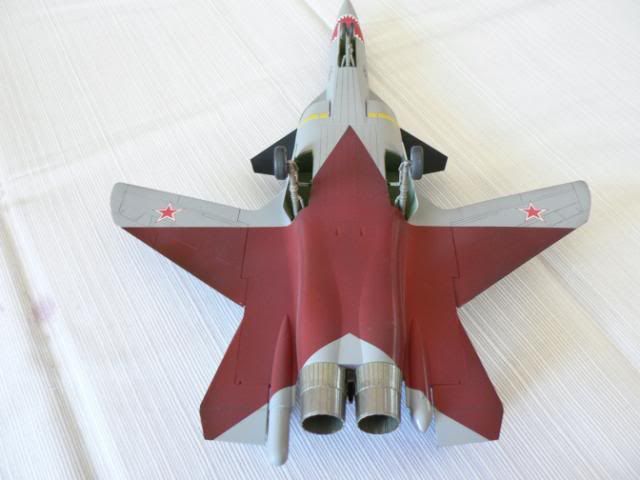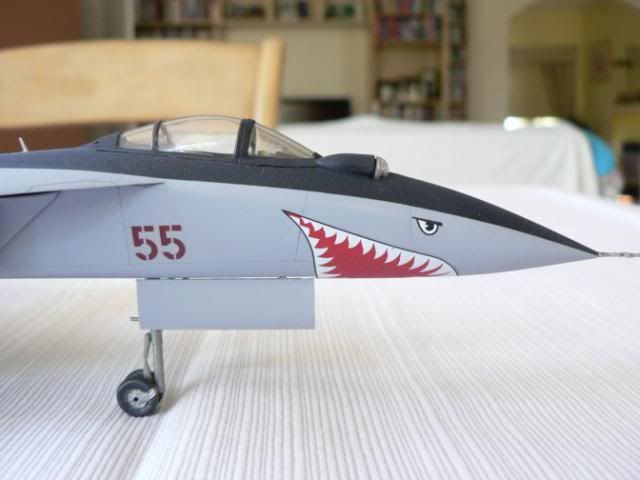Tamiya Radio Control car kits are, by and large, the most common RC cars available to build. True, HPI Racing and a few other brands are arguably better and more popular, but you have to hand it to Tamiya to be a frontrunner in sheer volume of RC car kits produced.
Recently we have had a chance to put together a Tamiya TT-01E chassis kit, and thought it would be good to share some advice on its construction.
Keep the work area organized. We usually lay out a couple of paper towels to keep any small parts from rolling off the work area. Also, it pays to have the work area well lit as you will need to see what you are doing with the smaller bits.
Also essential is a clean workplace, especially when construction of the gears and differentials are taking place. That grease and oil will pick up dust so try and keep your fingers clean too!
Only bring out what you need for any particular step. This is essential, as there are many steps that involve similar looking parts which can get confused with each other. Do take your time and remember, its all for a fun time! No need to stress yourself out with a missing part!
Take time to inspect moving parts in between steps. Some assemblies might be turned on too tightly which will hinder movement later on. Its best to keep checking at the end of every numbered step that all action is free and clear, as to avoid disassembly of multiple steps to get back to the culprit screw or nut.
Check alignments when you can. Especially with the steering and suspension. This is important even before you put on the steering servo, as installing a servo onto a misaligned steering bar might prove to be a confusing point later on.
Mark the body post holes BEFORE painting the body shell. Since body shells have a transparent outer sheath, it will be easy to keep track of where you need to drill after the paint goes on.
Test the wiring before sealing everything up. Needless to say, having the motor plugged in reverse might stuff a race up.
Tidy up that wiring. No really, having the wiring neatly bundled up and out of the way really helps, especially when it is out of the way of the steering arms and main shaft. Most importantly, wiring should be kept away from the motor, as the heat from running the car might melt the rubber off the wires and cause a short.
NEXT WITH THE TT-01: Painting a body shell!










